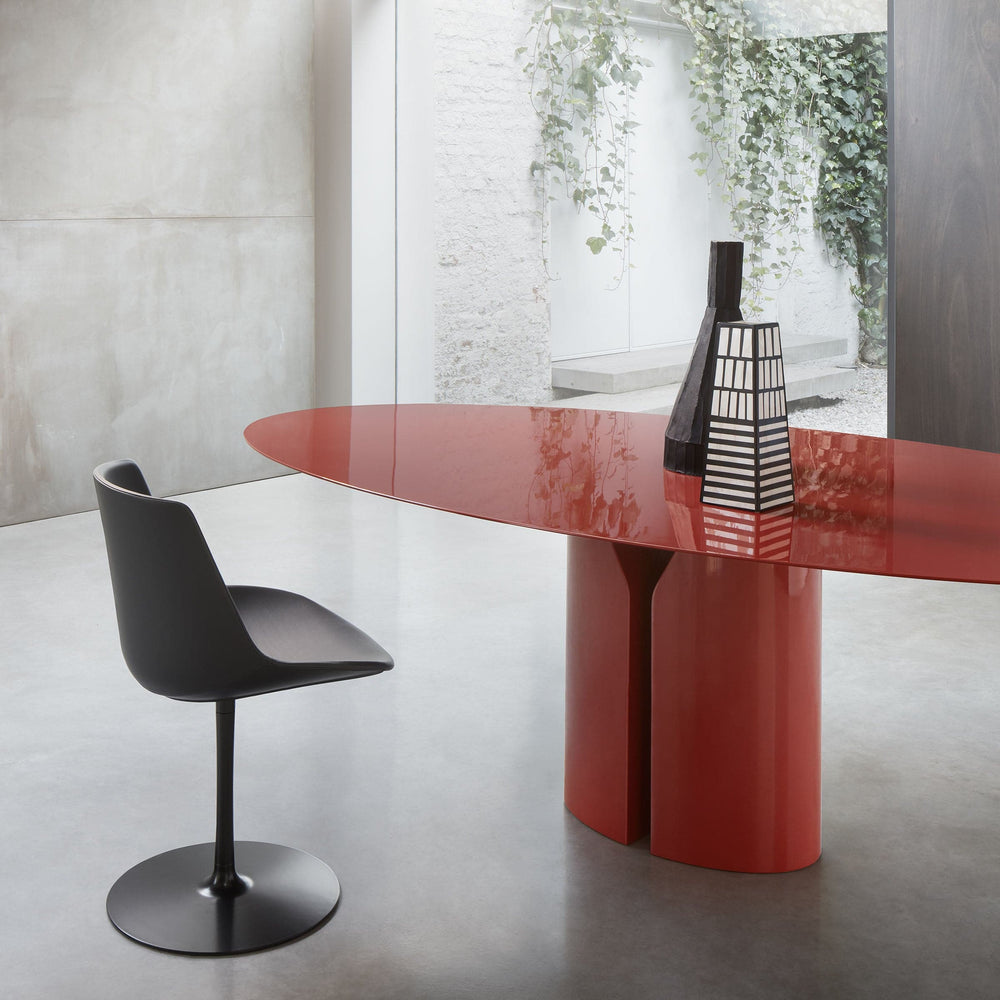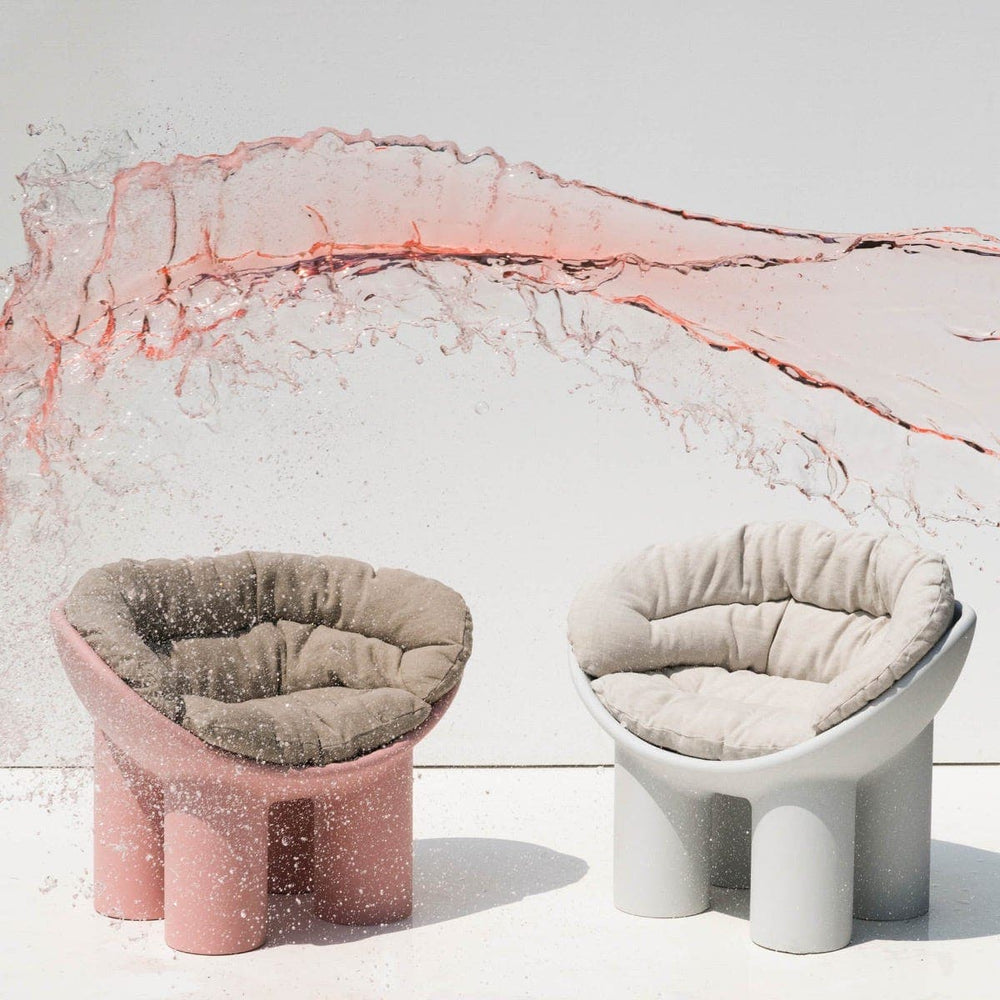BOOKCASES & BOOKSHELVES
The List #3

The October month List is about bookcases and bookshelves. They are the display cases of life and of the person who lives in that space: beloved books, special gifts, collections or small decorative objects. Only when bookshelves are full can they truly express themselves.
Image Cover: Barthélemy d'Eyck, Still Life with Books in a Niche, 1442-1445, oil on canvas, 30 x 56 cm, Rijksmuseum, Amsterdam
It was not easy to create this list. Like all lists, this one cannot and should not be exhaustive, because as writer Mario Soldati said, “whoever wants everything wants nothing”. So my apologies go to the other hundreds of important bookcases, bookshelves and shelving systems in history that will not be mentioned here. But that’s the beauty of lists: they can be endless.
BOOKCASES TROMPE L’OEIL
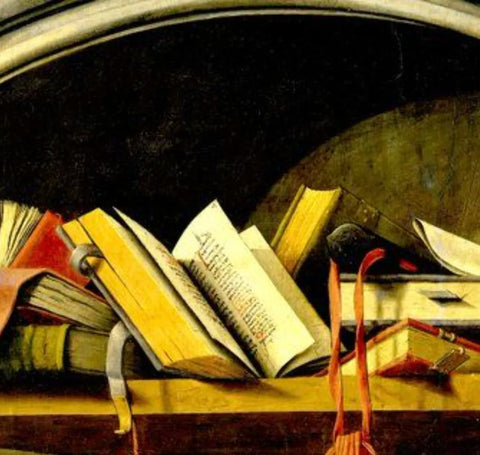
Giuseppe Maria Crespi, Bookshelves, 1725, oil on canvas, International museum and library of music of Bologna
Trompe-l'oeil paintings can make any environment magical, providing the illusion of being in a different space or time through landscapes, architecture, lights and shadows, creating an illusion of reality. The term derives from the French tromper, as it “deceives” the eye in an optical illusion capable of transforming spaces or furniture, as in this case.
A BOOKCASE MADE OF LIGHT
Dan Flavin, Icons, Room of Lights, 1963 circa. Permanent collection at Villa Panza in Biumo, Varese (Italy).
Imagine a bookcase made of light. It exists, thanks to Dan Flavin, a minimalist artist who stopped painting in the 1960s to concentrate on fluorescent sculptures and the perception of environments and colour through the installation of luminous neon sculptures with no metal structure.Diffused light. Vertical, diagonal and horizontal lines. Light, and nothing else, which makes room for itself in a surprising chromatic composition.
If you want to see for yourself, visit Villa Panza di Biumo, an historic house museum in Varese now owned by the Italian Environmental Fund (FAI).
FUTURISM. THE COLOUR OF SPEED
Study and hallway of the home of Giacomo Balla in Rome, Italy, 1929.
Futurism was an artistic, literary and social movement that originated in Italy at the beginning of the 20th century and placed emphasis on themes related to progress and its revolutionary inventions. With warm, bold colours like yellow, orange and red in contrast with metal, futurists expressed themselves in all fields of art: painting, sculpture, ceramics, graphic design, industrial design, architecture, theatre, cinema, fashion, literature, music, urban planning, and even food.
“They lived and worked in the same space, and their world went beyond the canvas, beyond frames, invading walls, furnishings, ceramics and clothes,” says Domitilla Dardi, co-curator with Bartolomeo Pietromarchi of Casa Bella. "Dalla casa all’universo e ritorno", a dual project in which Giacomo Balla’s home is being opened to the public and an exhibition has been dedicated to him at the MAXXI museum in Rome.
“Balla,” adds Dardi in an interview with Elle Decor this year, “was much more a designer than other later progressives and it’s no coincidence that he, Futurism and Depero were the basis for subsequent designers of the 1960s and 1970s, like Alessandro Mendini, Andrea Branzi, Ettore Sottsass and others.”
A must-see, for sure.
CARLTON BOOKCASE BY MEMPHIS GROUP
(Photo by Jacques Schumacher)

A masterpiece and symbol of the Memphis collective of designers and creators of collectible works of art who revolutionised design in the 1980s. Founded in Milan in 1981 by Ettore Sottsass, the Memphis Group was a cultural phenomenon and brought together international architects and designers.
The Carlton bookcase has a sort of humanlike form, almost resembling a man with his arms raised and legs open, and can be used as a bookcase or dividing wall. Its colourful shelves are arranged like a house of cards, a seemingly unstable piece that makes for a stunning piece of furnishing.

Memphis altered the face of modern furniture of the time by designing objects with symbolic, emotional and ritual depth. They were totem symbols of a more playful, colourful and creative design that was in contrast with the more severe forms of Modernism, rediscovering decorations from the past and other cultures. In the early 1980s, designer Karl Lagerfeld transformed his apartment in Monte Carlo into an exhibition of iconic Memphis furniture.
MODULAR BOOKCASE GENIUS BY JOE COLOMBO


THE FIRST FLEXIBLE SHELVING SYSTEM
Charles and Ray Eames, Storage Unit Bookcase, USA 1956, Herman Miller, today produced by Vitra; Case Study House, Pacific Palisades, California 1949, external view of home and detail of living room. Photo by Herman Miller

This is a classic product because it can be easily reproduced on an industrial scale. It has a minimal galvanized metal structure that can be adjusted in height for any space and can accommodate books or other objects and can hold containers and drawers in different materials. Pictured above is the bookshelf in the private home of the creative Eames couple.

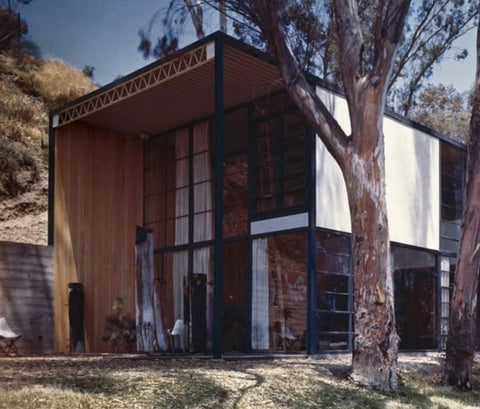
THE FIRST BOOKCASE TO BE CREATED BASED ON THE CONCEPT OF A LADDER

When Vico Magistretti was asked what the concept of Nuvola Rossa was, he said: “Less is more”, as Mies van der Rohe wrote. Ever less and ever more. A simple object, but one that is not just a game but a way of thinking”.
This bookcase was created thanks to the designer’s previous research, as he wanted to design something that would be extremely affordable by eliminating as many structural elements as possible. This was the first bookcase to be created based on the concept of a ladder.
DO OU RECALL MECCANO?

Meccano was the construction game set invented in 1901 in Liverpool by the great inventor Frank Hornby and was originally called Mechanics Made Easy before being patented. It was a game that, with its metal strips, screws and bolts, made you feel like an engineer, giving you the possibility to create bridges, machines and robots.
Who knows how many designers discovered their vocation as children with this fun set. It was educational, taught basic principles of mechanics, and was the inspiration for Eret, a console made from perforated stainless steel rods and bolts and with adjustable shelves.
A smart piece. Just like Meccano.

BRILLIANT STEEL COIL-SHAPED BOOKSHELF
Ron Arad, prototype of This Mortal Coil bookshelf, 1993, private collection, and Bookworm 8005 bookshelf, Kartell, Italy, 1994


This brilliant steel coil-shaped bookshelf was created by Israeli designer Ron Arad, who has always been somewhere in the middle of industrial design and contemporary art. He breaks the mould with his designs, using lateral thinking and moving us away from the belief that a bookshelf should only have horizontal shelves.

This Mortal Coil was the prototype of the ironic Bookworm bookshelf. With flexibility and customization being some of the most sought-after qualities in design today, there perhaps is no bookshelf more “free” than this one, as it leaves ample space to the imagination when assembling it.
Kartell’s complex thermoplastic polymer certainly plays a fundamental role due to its being an extremely resistant and durable material.
The name “Bookworm” is also apt, conjuring up the image of a tiny little worm that spirals its way up a book, devouring its contents, just like those who love to read.
SAPIENS THE INVISIBLE BOOKCASE
Bruno Rainaldi, Sapiens bookstand, BBB Italia; image from the personal library of Karl Lagerfeld in Paris.

Many of us have far too many books at home. I have hundreds of them on the floor, creating unique bedside tables or tables. There’s less and less space, and frankly it’s becoming a challenge to find them. There are those who are able to rationally organise their books by publisher or topic, and books laying in a horizontal position make it easier to consult them.
Stylist and photographer Karl Lagerfeld had a huge library of over 300,000 volumes in his Paris apartment, and all his books lay horizontally. Thin steel shelves were attached to the walls, with shorter spaces than for normal bookcases so it was easier to take down a book lower in the pile.

This is why Rainaldi’s Sapiens bookcase is so innovative. Designed for this type of horizontal book storage, it’s a free-standing, vertical structure with metal shelves painted with epoxy powder coating and it can be placed anywhere around a room to keep your books handy. Available in a variety of heights, it’s perfect for any space.
BOOKCASES, DESIGN OR ART?
Pierre Paulin, Elysée bookcase, Magis, Italy, 2009

BOOKSTAND THAT STANDS UP
Bruno Rainaldi, B.Blos bookstand, BBBItalia, Italy
Bruno Rainaldi ironically defined himself a “sidewalk designer”, alluding to the fact that he was self-taught. He loved reading and was an avid collector of books, which he used as inspiration for his work as a designer and art director. He then ended up in the world of innovative marketing with new ways of selling design (in Milan, with the famous shop High Tech that he successfully ran, and his collaboration with Maddalena De Padova).

Regarding this bookstand and the other ones he designed, he wrote: “Piles of books on the tables in the study, so many that you had to walk around them with a dust rag. Books stacked on the tables around the house, and you had to move them to set the table. A stack on the left bedside table and on the floor next to the bed. A few stacked on the right, too. Books stacked in the gaps between organised books on the shelves. Quite unmanageable […] This is my house. This is true of all homes where one nourishes oneself with books, an essential support in life.”
I met him in the 1990s along with Enrico Baleri, whom he was working with at the time. I remember Rainaldi as being kind, sincere, dry and very quick-witted.
A GLASS AND WOOD BOOKCASE
Franco Albini, 838 Veliero bookcase, Cassina, Italy, 1940
This visionary bookcase embodies the thinking and research of great architect Franco Albini.

A clear nod to nautical carpentry, this piece calls to mind the stays of a sailboat, with thin glass shelves almost seeming to float in space, defying the laws of gravity. This bookcase was highly experimental and typical of the work of Albini, who perpetually sought out lightness.

He created a single piece for his private home in Milan, and only in 2011 did Cassina decide to recreate it, leaving its intrinsic values untouched.

SIMPLICITY THAT HIDES COMPLEXITY
Franco Albini and Franca Helg, LB10 bookcase, 1956-57, for Poggi, now produced by Cassina, Italy
Likely the most famous bookcase in the history of design, this piece has a modular, self-supporting structure. Franco Albini had a gift for making technically complex things appear simple.

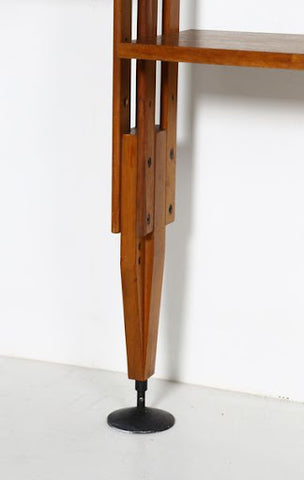
The light and airy presence of this bookcase is unparalleled. It features upright supporting sections, storage units and shelving, and offers endless combinations. The height-adjustable upright sections can be adjusted between the floor and ceiling to make it easy to assemble, both against a wall or in the middle of the room.
Cassina has been producing this bookshelf since 2008.
To learn more about Franco Albini’s work, book a guided tour of the Franco Albini Foundation in Milan. An enlightening journey for design enthusiasts: www.fondazionefrancoalbini.com
LOW-COST FURNITURE
Billy Liljendahl,Billy System, Ikea, Sweden, 1979

Named after its creator, the low-cost modular “Billy” bookcase is the best-selling one on the planet, with an estimated one Billy bookcase per 100 people in the world.
Initially created with an oak or walnut finish, thanks to its popularity it also became available in white, with or without doors, and with varying depths.
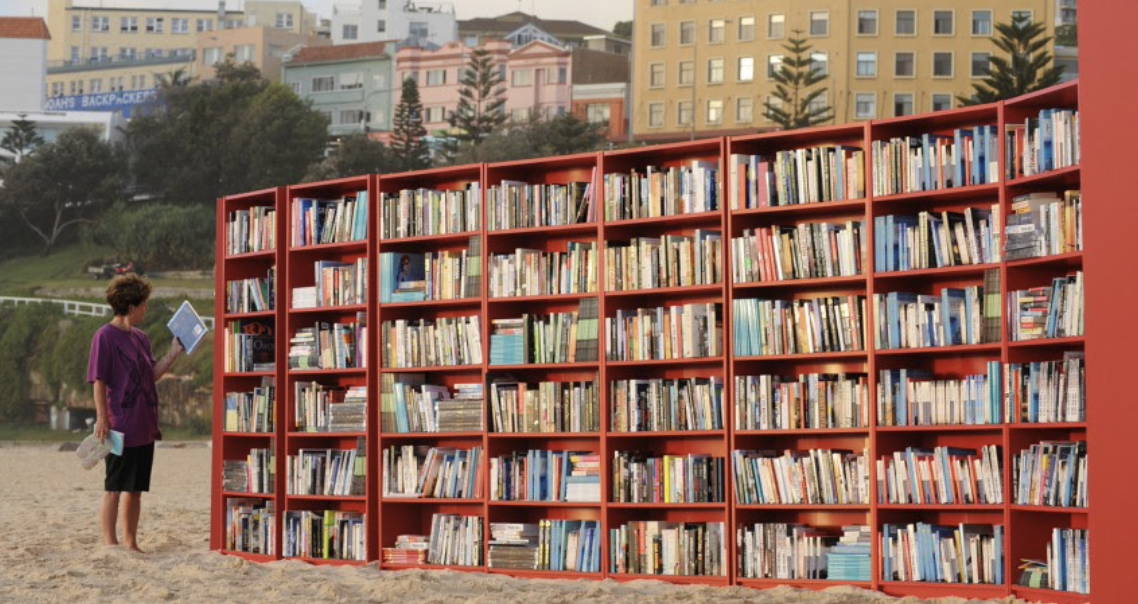
Easy to assemble, we’ve all seen a Billy bookcase somewhere. It’s a classic that can also be combined with even the most sophisticated pieces of design. After all, Ikea is like Zara: they go well with designer pieces if you know how to mix and match them. And while you shouldn’t expect sensational performance, durability or finishes, it offers excellent value for money.
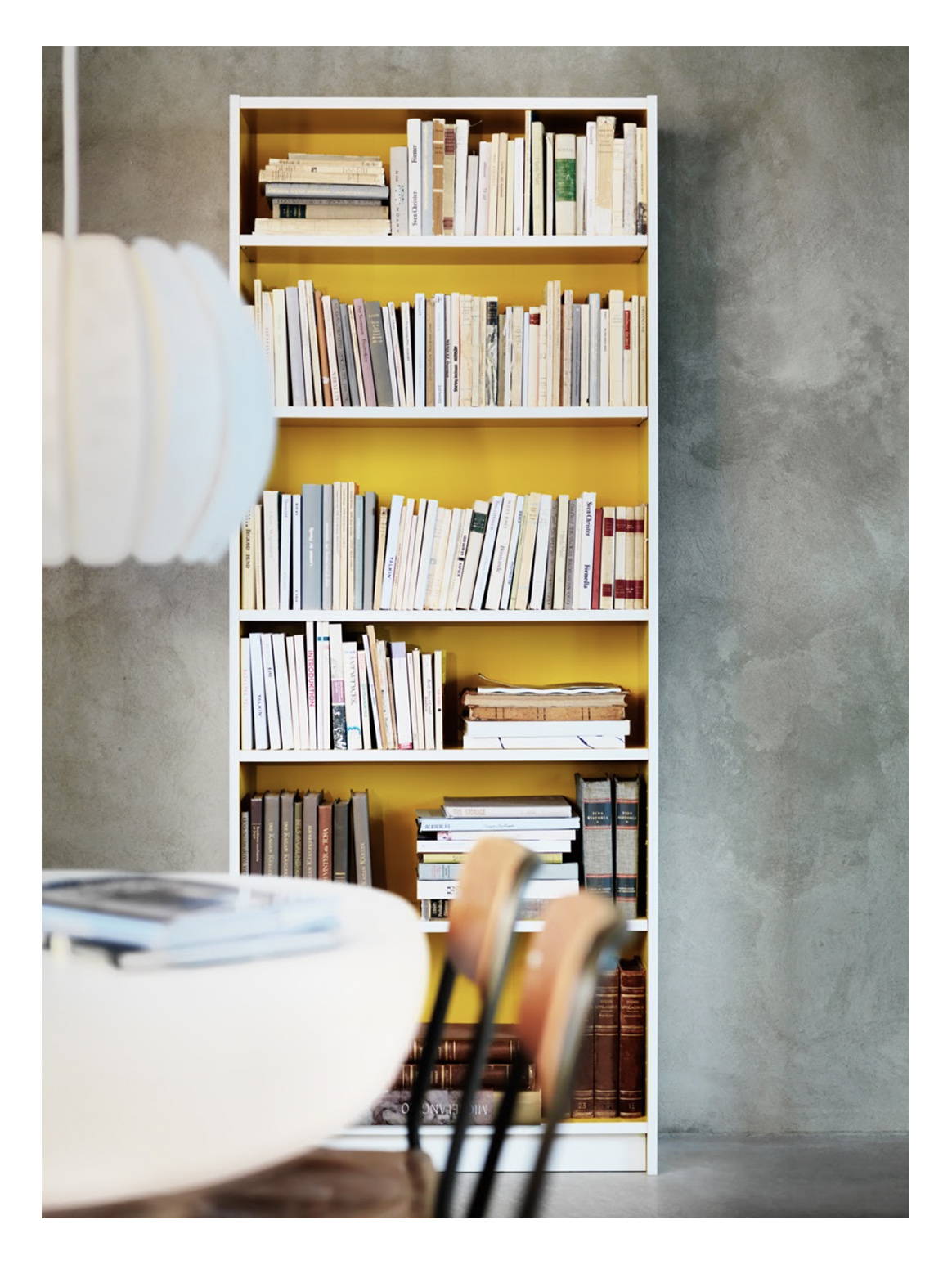
TIDYING UP
Expedit system, 1980s, then Kallax in 2014, Ikea, Sweden
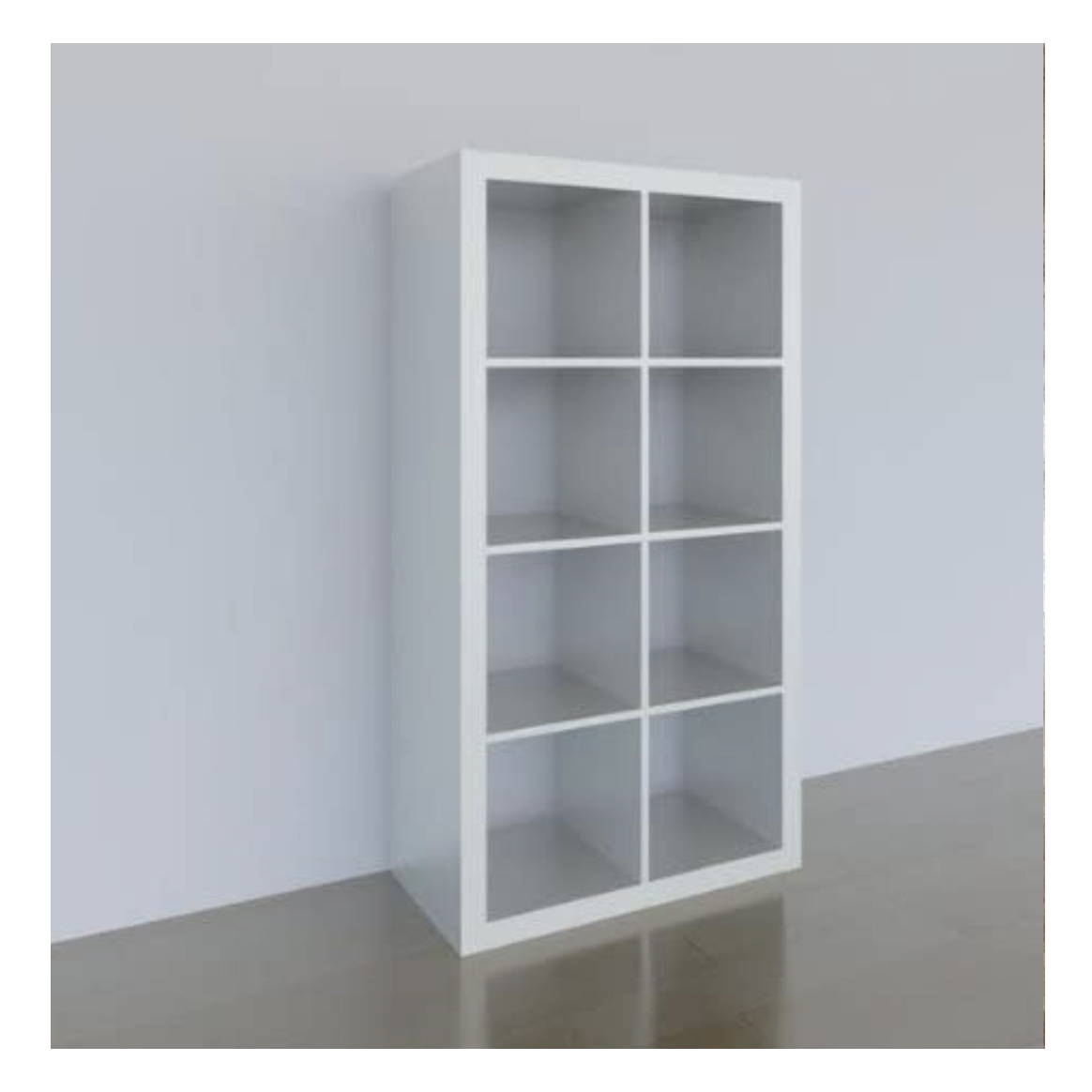
In April 2014, the global community of record collectors went into uproad: Ikea had announced that it was going to stop producing the Expedit bookcase, a classic piece from the Swedish company that had been in its catalogues since 2000.

HONEYCOMB STRUCTURE
Ronan and Erwan Bouroullec, Cloud, Cappellini, Italy, 2004
This self-supporting, double-sided bookcase makes a big impact. Of particular interest is that it is completely modular and can be assembled in a multitude of ways thanks to its independent sections that are clip together.

LESS, BUT BETTER
Dieter Rams, 606 Universal Shelving System, for Vistoe, 1959, distributed in Italy by De Padova
This shelving system was designed by the legendary Dieter Rams, who was head of German company Braun and was a skilled industrial designer and technology expert.


Philippe Starck, Mac Gee bookshelf designed for Baleri Italia, Italy, 1984
Photo @designstreet
This was one of the first projects created by Philippe Starck at the beginning of his career. His fortuitous encounter with visionary entrepreneur and designer Enrico Baleri provided him the opportunity to become part of the world of Italian design.
Baleri was a magician in his work, and thanks to his core values – authenticity, coherence, discretion, lightness, evolution, ecology, irony, internationality and non-obsolescence – we have extraordinary pieces of his designs in museums all around the world.
The Mac Gee bookshelf is one of these and is an absolute classic. A modular piece offering endless possibilities, it has a central upright support in steel sheet metal that is anchored to the wall, and has five shelves with decreasing depths that were inspired by airplane propellers.

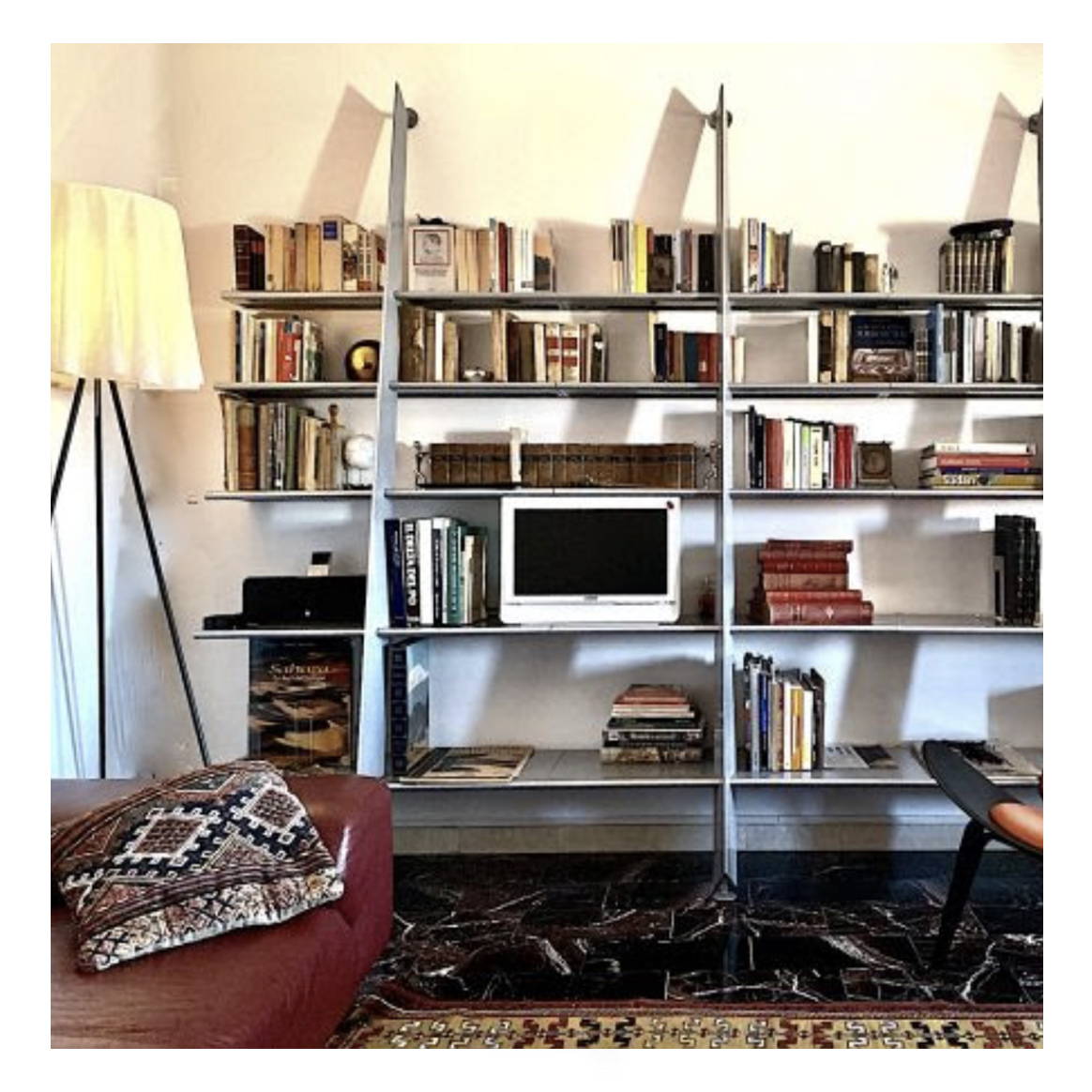
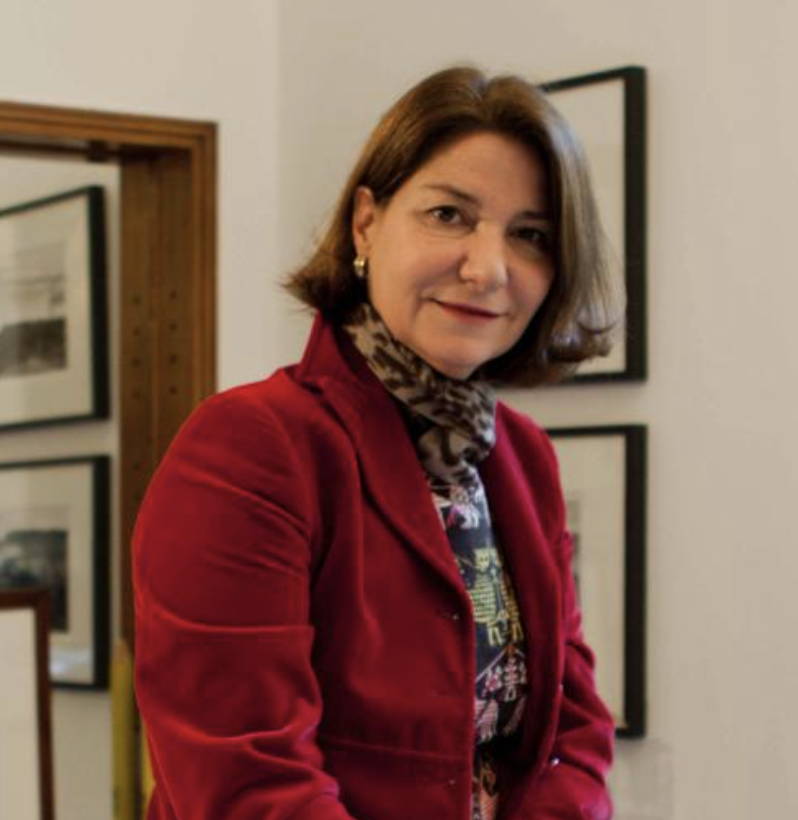
Who is behind the list?
Antonella Dedini is an Italian architect, an interior designer and a University professor.
As a design curator, she found the Milano Design Film Festival, an internationally recognized event that she co-curated until 2019. In addition, she is the editorial author of a unique and atypical Instagram profile named Deden Design List, founded in September 2020, to prove that good Design improves your life.
From August 1st 2021, she collaborates with Design Italy to draw up a monthly list by category of objects, themes, and spaces.
The List is a thematic editorial selection of about 20 pics.
Let's keep an eye on Antonella's selection every month.







